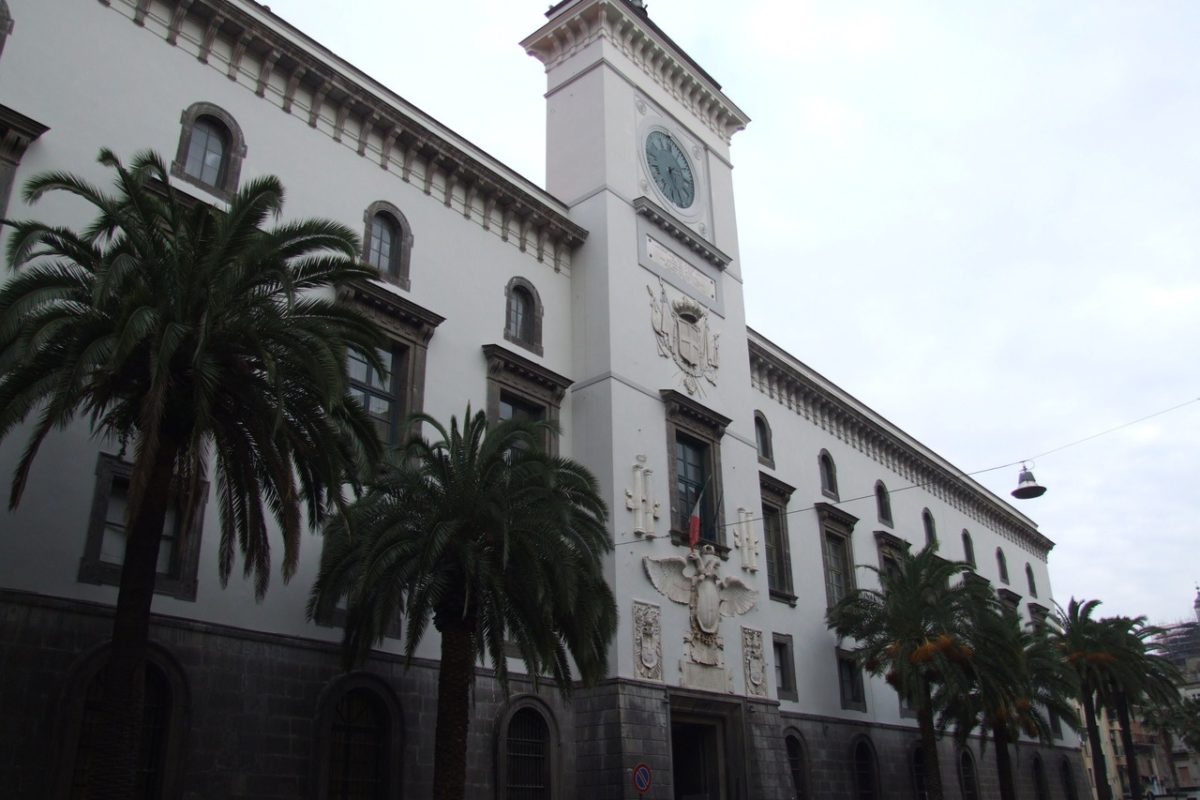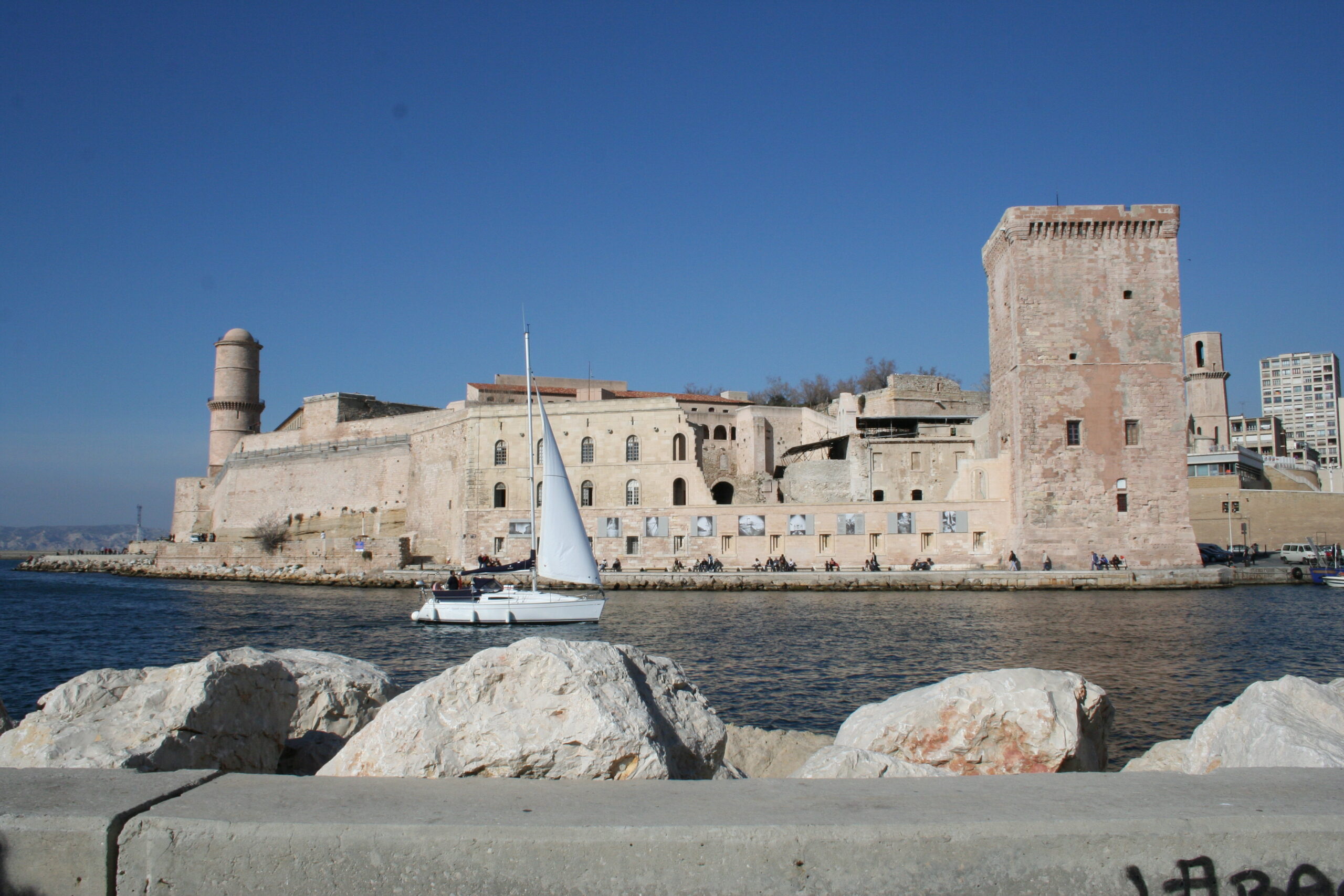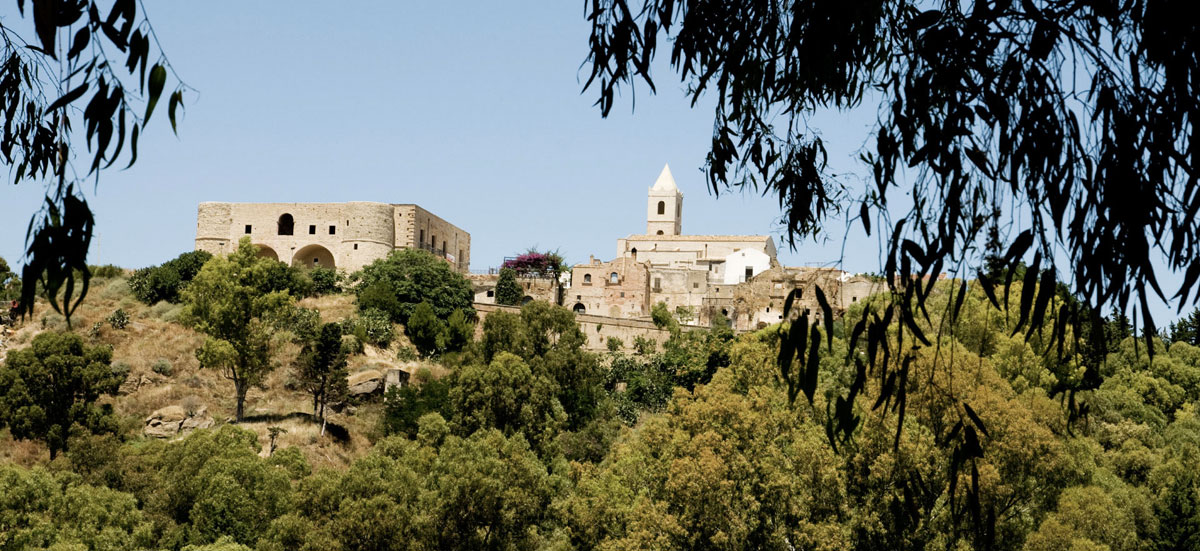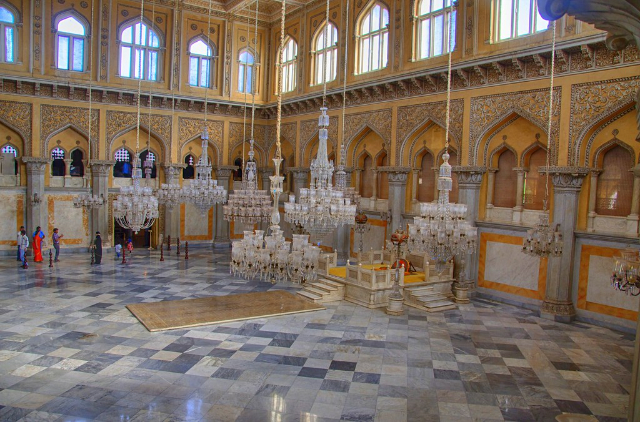Castel Capuano is, after Castel dell’Ovo, the oldest castle in Naples. Founded in 1140, of Norman origin, it is so called because of its proximity to Porta Capuana, the ancient gate whose road led to Capua. It overlooks the Decumano Superiore (via dei tribunali) and Piazza Enrico de Nicola, in the middle of the old town centre. Inside the castle you can visit the Hall of the Court of Appeal, which preserves various frescoes, the Sala dei Busti, which preserves marble busts of the most famous lawyers of the ancient forum of Naples, the Cappella della Sommaria, also rich in many works of art, and the Formiello fountain.On the entrance portal there is a famous plaque that reports two important events, such as the victory of Charles V in the expedition to Tunis, and the date 1540 when the fortress was transformed into the seat of the Courts posted at the behest of Don Pedro de Toledo. Above this plaque there is the royal coat of arms of the Spanish, and higher up the coat of arms of the Savoy family affixed after the unification of Italy when the Castle was restored. At the top is the Clock, installed in 1858. At the entrance there is a fluted column on the right, half of which is walled up and the other half comes out. Many people say that this column is part of the Vicar’s Column. Famous for a ceremonial of self-punishment of debtors. In fact, the debtor had to be tied to the column, embrace it, and with his trousers completely down proclaim the transfer of his assets to his creditor according to a precise formula. It was a humiliating cleaning, and the drop of his trousers metaphorically indicated complete bankruptcy. The little people loved these ceremonies, and there was always a large crowd to watch and rave against the debtors. The humiliating practice was modified by Don Pedro, thanks to him the debtor only had to announce the transfer of his assets, and after this act the debtor was given a hat with green cords as a distinctive sign of his misdeed. A hat to wear for life.













